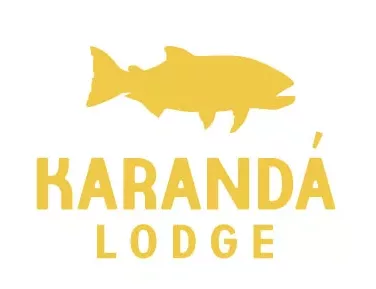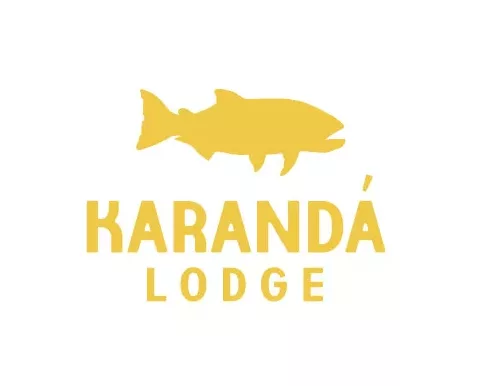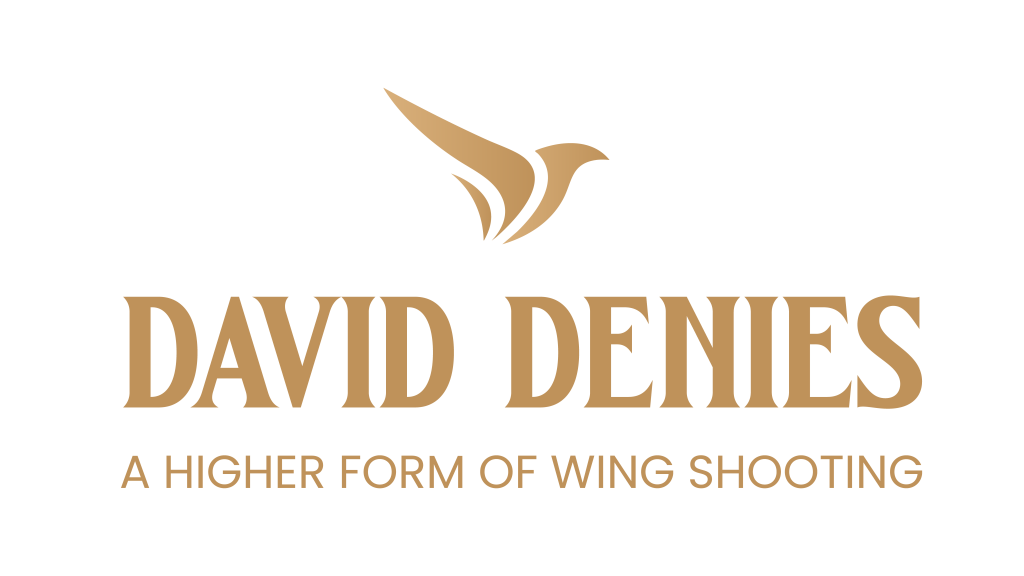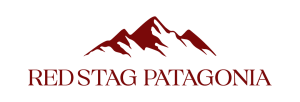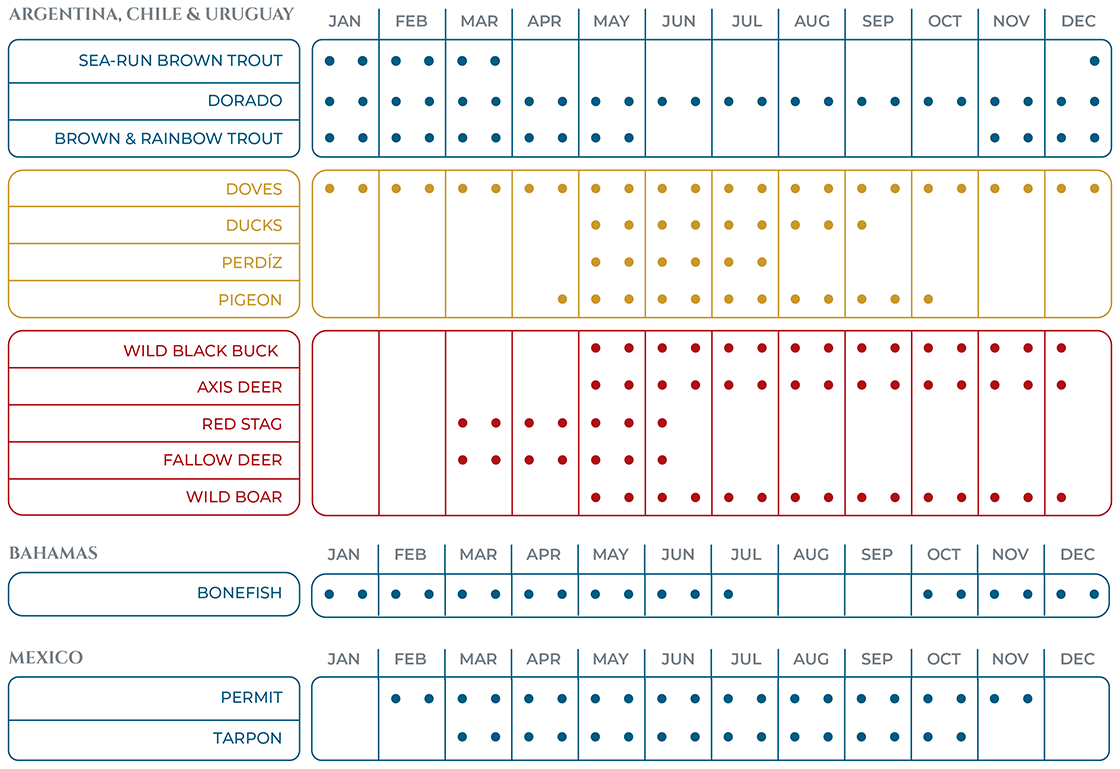What time of the year should I come?
We divide our season into two segments: Winter and Spring, spanning the months of June to December. During each of these, air temperature, weather patterns, water levels, and bait movement dictate what techniques and strategies we use to find and land these trophy Dorado.
Winter Season (June – August)
June marks the beginning of our season at Karandá Lodge and when the majority of the Paraná’s fish species begin their annual migrations into the upper reaches of the system. We time our season to intercept the bulk of these migrations as they pass through the middle Paraná River. As Dorado move upriver following their favorite baitfish, they feed with reckless abandon, desperately working to pack on as much weight as possible for their eventual spawning events later in the year.
As the water begins to cool down, the Dorado’s favorite baitfish, Sábalo, and Mojarra, leave the shelter of side-channel lagoons, marshes, and “bañados” to the main artery of the river, where large predators lay in wait.
Once in the main river, the baitfish gather into massive schools, seeking safety in numbers. These schooling events mark the prime time to find Dorado in the rich structure of the middle Paraná. Our favorite areas to look for holding Dorado are:
- Fast-flowing channels against the bank, under cliffs, or along cut banks.
- The expansive sand bars where Sábalo congregate in huge shoals.
- The submerged structure consisting mostly of logs and deadfall in the middle of the river and along the banks.
It is common to watch Dorado as they hunt along the sand bars, as well as on the shoreline. During this time, sight casting for large mature dorados happens often.
Spring Season (September – December)
During late August and September, our region gets what we call “false summers”, abrupt changes in temperatures for a few days, reminding us that winter is about to end and warm weather is on its way.
Our water begins to slowly warm up and during these changes, our seasonal rains begin. Shifts in weather and air temperature normally translate into windows of phenomenal fish activity, especially when there are changes in the barometric pressure.
This time of the year temperature starts to come up, the days start to get longer, and our Dorado moves into their favorite ambush points. It is very normal to fish in more structured water like sunken logs, heads of islands, and well-defined, rocky shorelines.
By this point in the year and approaching the early summer, Dorado are very well fed, often reaching the peak of their size and strength during these months. Now is when we truly see how large these fish can get, especially the females who outgrow their male counterparts by tens of pounds, as they begin producing eggs and building mass for the coming spawn.

